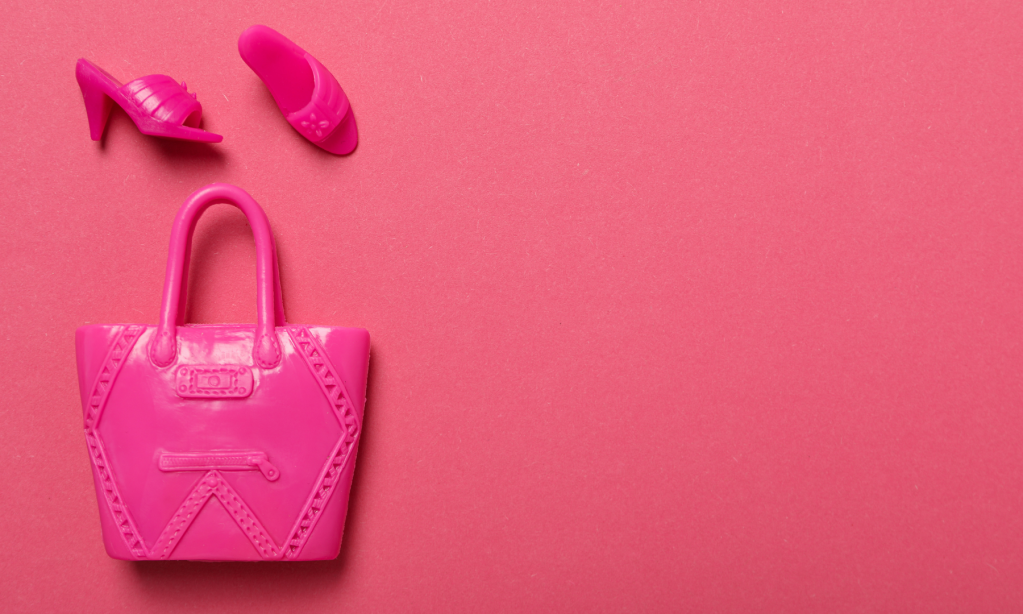Barbie is the runaway blockbuster of the summer. By September 4, box office returns were closing in on $1.4 billion worldwide—and that doesn’t even account for the revenue from the countless licensing deals Mattel has signed, from Airbnb to Xbox. The company is laughing all the way to the bank, but women aren’t.
There’s a lot to say about the Barbie movie and its take on the patriarchy. Greta Gerwig’s movie has resonated with a large audience. America Ferrera’s powerful monologue about the double standards facing women—the “impossible assignment of being all things to all people”—lit up social media. This one moment speaks to the sheer anger, frustration, fatigue and hope that define women’s daily lives.
Yet the monologue sits uncomfortably alongside the reality. Barbie and her friends have spent the last 60 years telling little girls that “you can be anything,” only to find out that the real world bears little resemblance to Barbie Land’s feminist paradise, populated by a host of Barbies running the show and their posse of adoring Kens.
Women, of course, don’t run the show in the real world and they certainly don’t earn an equal wage.
Women have broken into most occupations over the last six decades, but they number in the minority in many of the high-paying roles we see in the movie. In Canada, only three women made the top 100 CEO list in 2021. There were actually more CEOs named Marks (four) than there were women. (There were no Kens).
In the movie, Barbie Land is governed by a female president and the Supreme Court is overseen by a female chief justice. Doctor Barbie performs emergency beach-side medicine. Physicist Barbie receives a Nobel Prize. Journalist Barbie receives both a Nobel Prize and a Pulitzer. Diplomat Barbie presides over the ceremony.
Reality check
In real life, women now make up the majority of students in medicine, law and journalism in Canada yet they continue to struggle to receive their economic due.
According to the 2021 census, women represented half of all general practitioners but only one-third of surgeons and other higher-paid specialties. Same thing for lawyers: 46 per cent of all lawyers are women but only 27 per cent are equity partners.
This follows a pattern. Women breaking into male-majority fields tend to be congregated in particular areas that are seen as inherently or essentially female. For instance, one in 10 women populate the C-suite; most are in charge of human resources or the legal department.
Systemic bias and perceptions of gender, racial, and disability status structure our entire labour market.
When Barbie dolls were first introduced six decades ago, the women engaged in the paid labour market were concentrated in traditionally “female” occupations, such as teaching, bookkeeping and nursing. Not much has changed in the intervening years.
In 2021, the majority of women (54 per cent) were employed in just 20 occupations, all involving the “5 Cs”: caring, clerical, catering, cashiering and cleaning. This is a slightly smaller share than in 1987, when 59 per cent of women were employed in these same occupations, but not by much.
By contrast, just 19 per cent of men were employed in “female” occupations in 2021 compared to a similarly low 16 per cent in 1987—a three percentage point increase over 34 years.
Women’s progress in non-traditional fields, like science, technology, engineering and mathematics, has likewise been glacial. In 2021, just one in four STEM workers were women.
Women make more money than men in only 40 of 800+ occupations
The fact that comparatively few women work in high-paying jobs depicted in the movie is one of the primary drivers of the gender wage gap, which harms all women over the course of their lives, especially those confronting intersecting sources of discrimination.
While the few women who do work in non-traditional jobs are typically earning more than other women, they, too, generally earn less than their male peers. Indeed, a 2019 CCPA study found that women in the C-suite earn only 68 cents for every dollar their male colleagues make—an average difference of $950,000 less a year.
And so it goes. General practitioners working full-time, full-year, earn just 86 cents for every $1 earned by male GPs, while women lawyers earn just 84 cents. Physicist Barbie might have won a Nobel but women physicists have not yet achieved wage parity: their pay packet is worth only 91 per cent, on average, of their male colleagues’.
In fact, women up and down the earnings ladder experience pay gaps, reflecting entrenched systemic bias, the unequal burden of care and outright discrimination. Women’s work is more poorly paid precisely because the majority of workers are women. It simply isn’t valued as highly.
How else to explain the abysmal rates of pay among female workers in the care economy: $19.70 per hour for educational assistants, $20 per hour for early childhood educators and $21.90 per hour for personal support workers (PSWs).
How else to explain the prevalence of wage disparities even in female-majority fields: women make as much or more than men in only seven of the top 20 female-majority occupations.
The work done by marginalized women workers is valued even less. Among full-time, full-year workers, aged 25 to 64 years, racialized women make 74 cents on average for each dollar non-racialized men earn, 90 cents for each dollar non-racialized women earn.
Again, these wage disparities are evident up and down the income ladder. Racialized female lawyers working full-time, full-year, make 69 per cent of what non-racialized male lawyers make.
Racialized female cleaners make 85 per cent of non-racialized male cleaners. Highly gender-segregated labour markets depress wages for all women, but most especially the earnings of marginalized women.
Barbie is always about profit and the patriarchy sells
Barbie has always been positioned as aspirational. All girls can achieve their economic dreams (and unattainable body ideal) by the dint of their individual hard work and scope of ambition.
Business executive Barbie and Astronaut Barbie first made an appearance in 1963 and 1965, respectively, and again in 1985. Canadian Mountie Barbie popped up for the first and only time in 1987.
But “non-traditional” Barbies are in the clear minority, even today. Fashion models, retail workers of various sorts, and teachers appear time and again. Cheerleaders, flight attendants, actresses and singers. Journalists and lawyers don’t even make the list.
Of the 24 dolls released in 2022, the overwhelming majority represented “female” occupations, from elementary school teachers (83.9 per cent) to interior designers (82.2 per cent) to biologists (59.5 per cent). Mattel’s list of career barbies cleaves closer to reality than the movie.
There’s a moment in the movie when America Ferrera’s character, Gloria, pitches an “every woman” Barbie to the all-male Mattel executive team, a doll that would be unencumbered by crushing social expectations. The CEO laughs off the idea until his CFO suggests that it might actually make them some money.
Mattel has long understood, and reaped the benefits of, cleaving to the status quo. Actions speak louder than words. This film does not challenge, or question, the power relations at the heart of women’s economic subordination. As one Guardian review concluded: “If Barbie constitutes a triumph, it’s a triumph not of feminism but of the patriarchy’s so far most unassailable scion – capitalism.”
If you see the movie, consider all that’s being debated when we talk about Barbie. And consider what’s really needed to improve the quality of women’s jobs and their earnings, particularly for the most marginalized.







